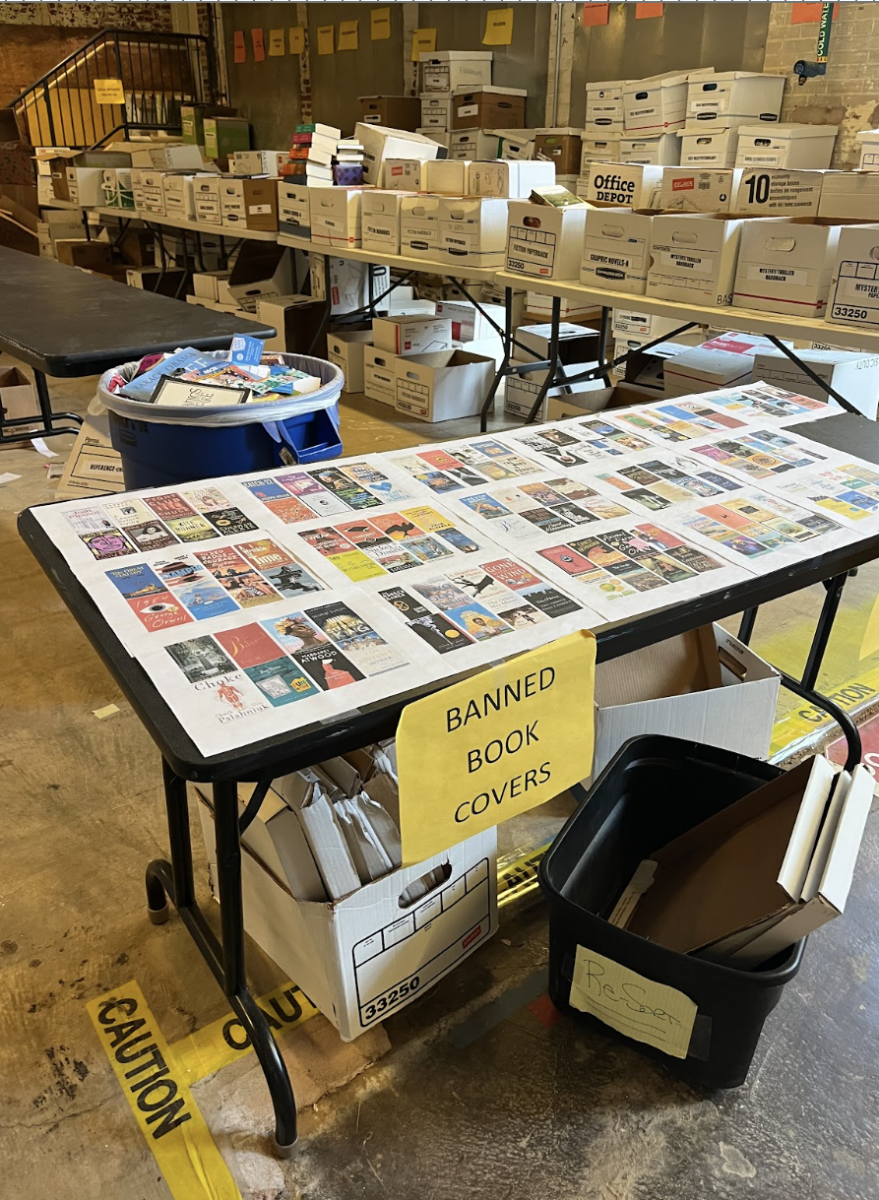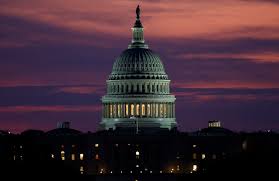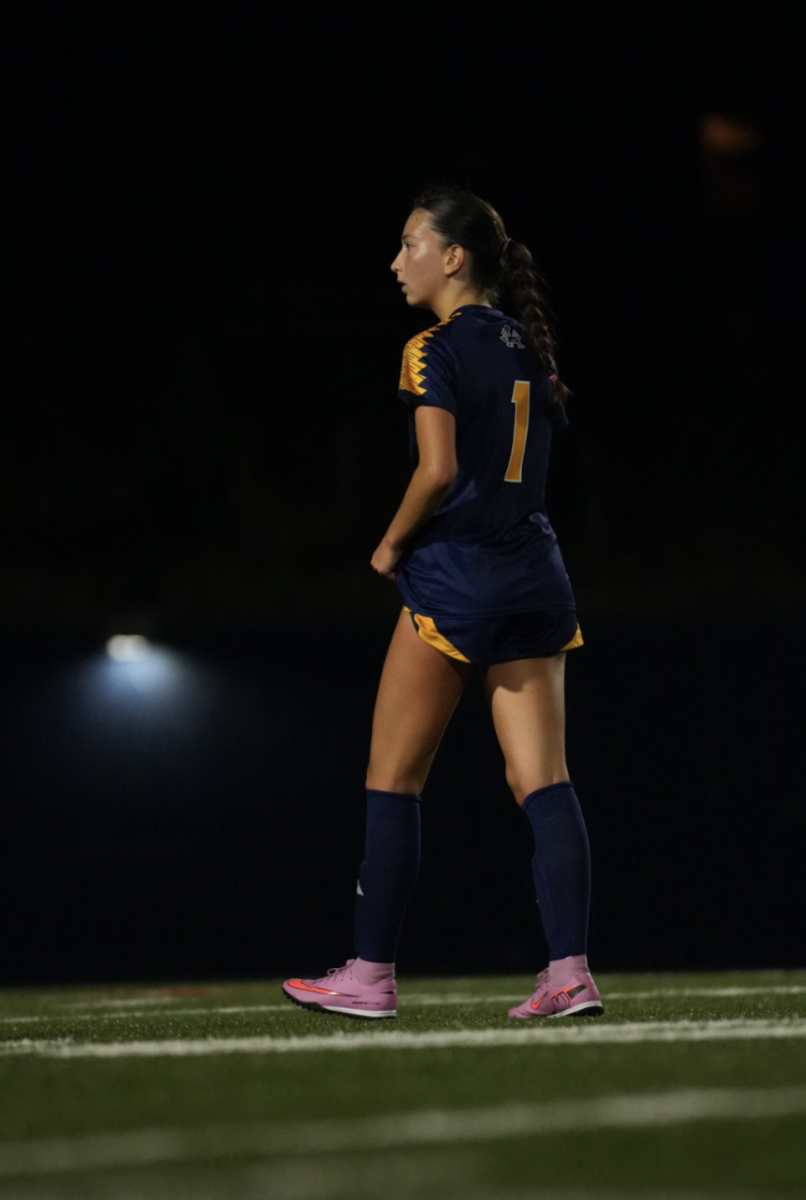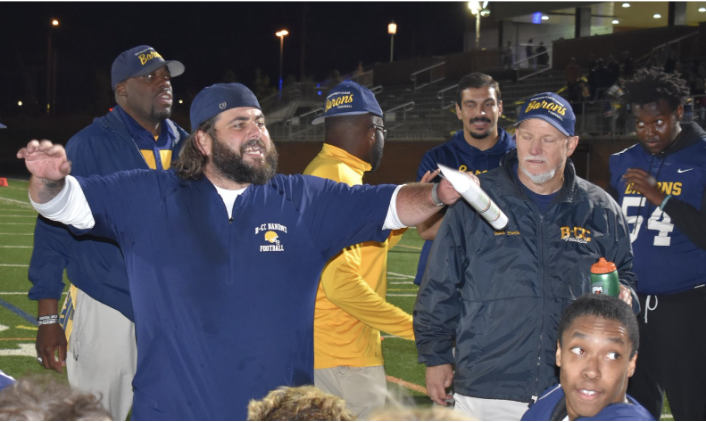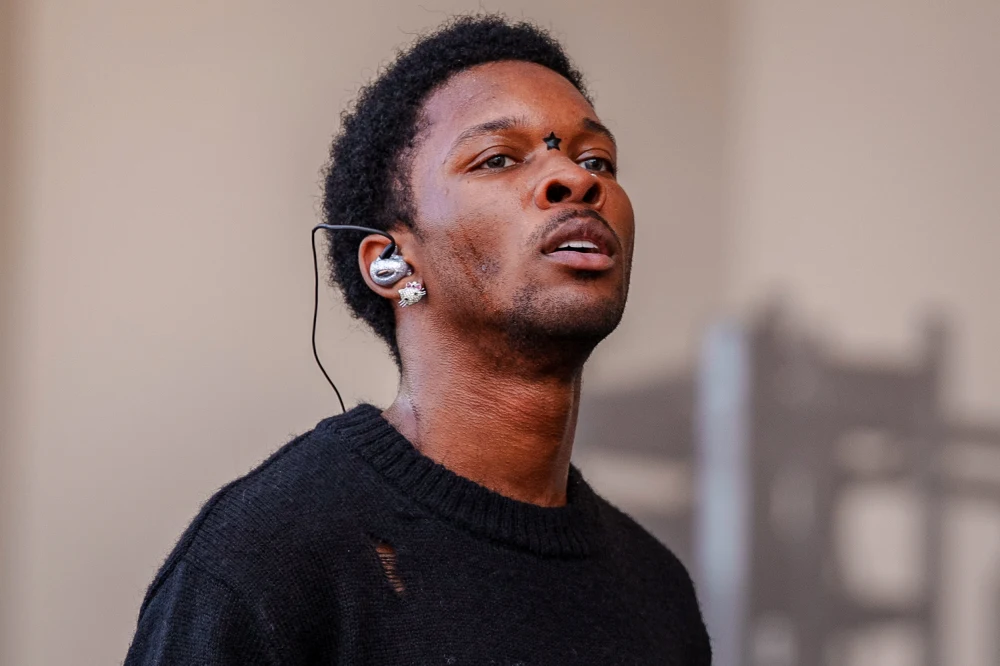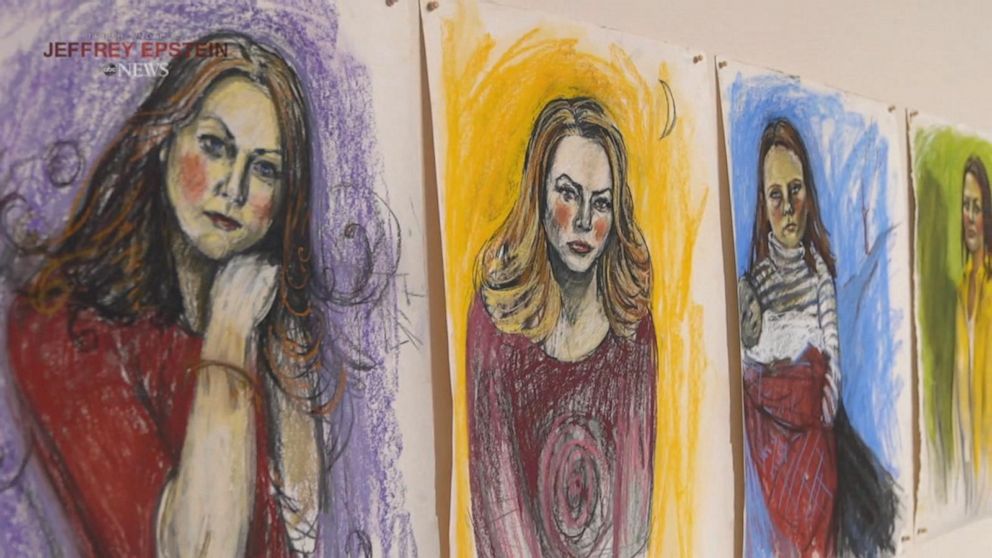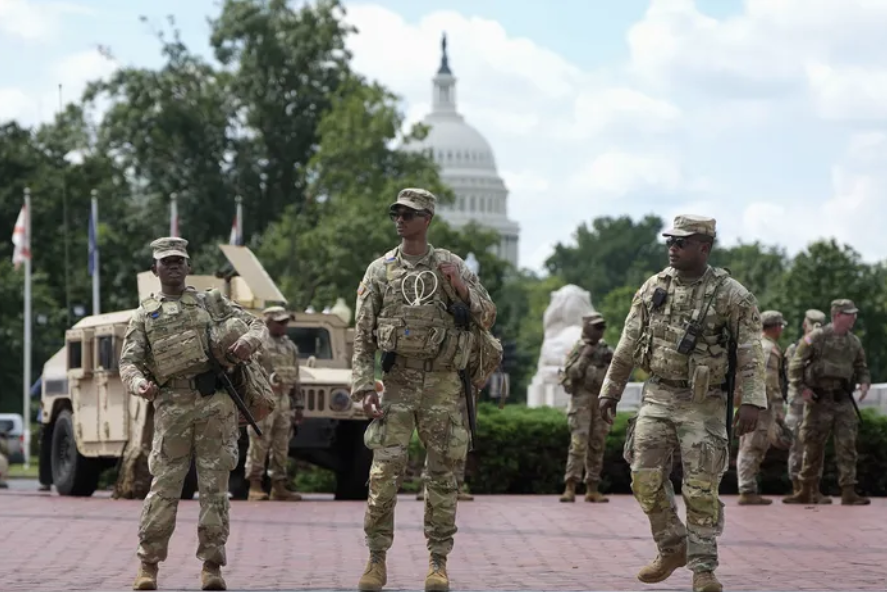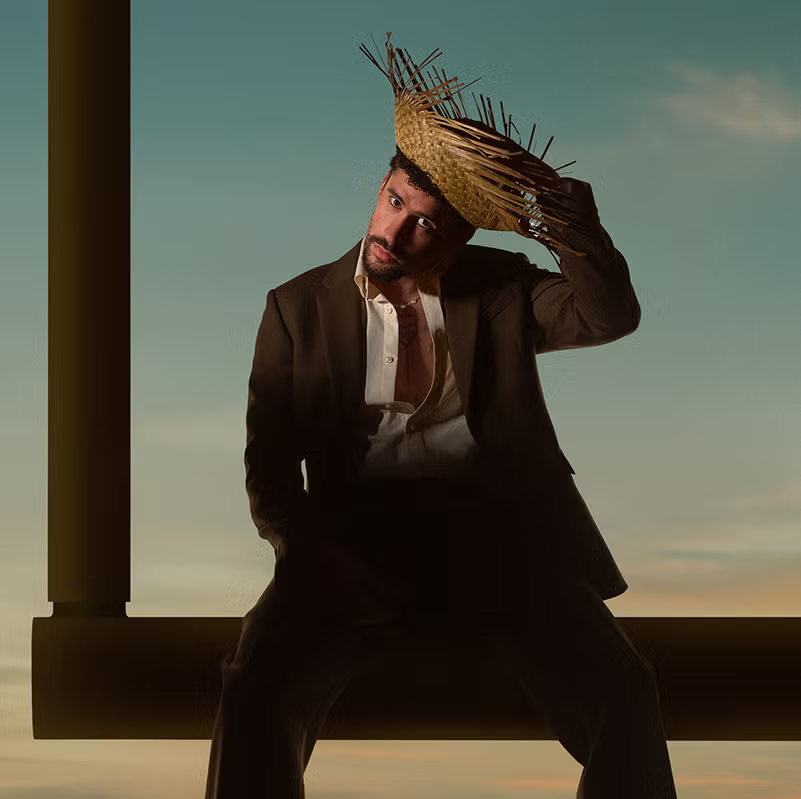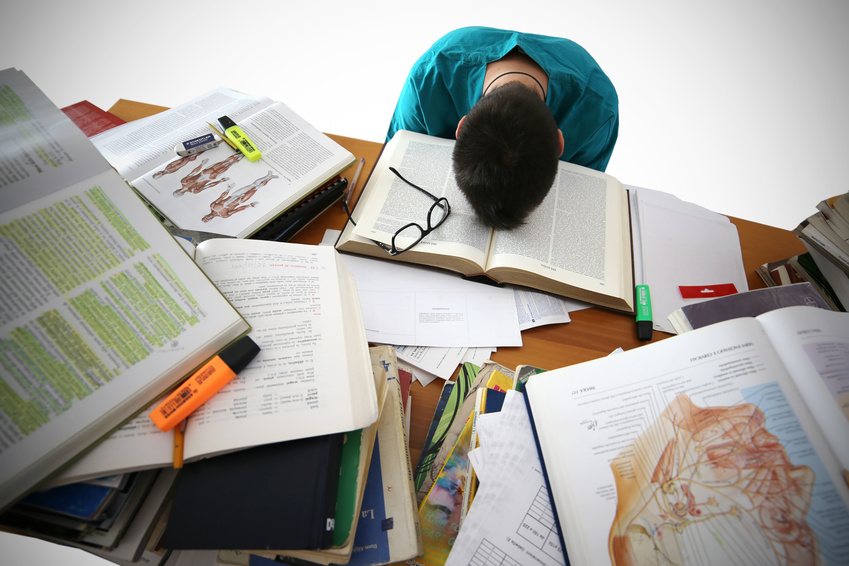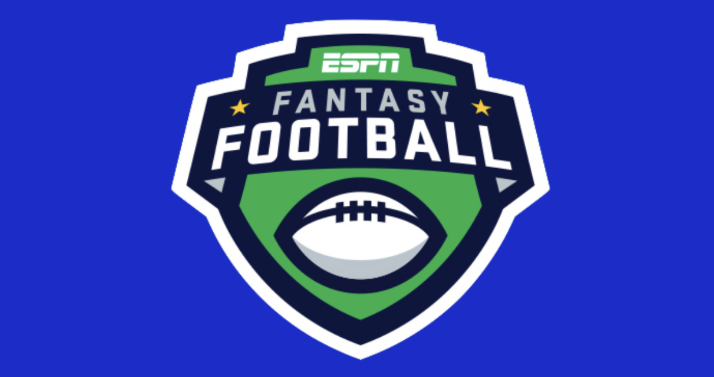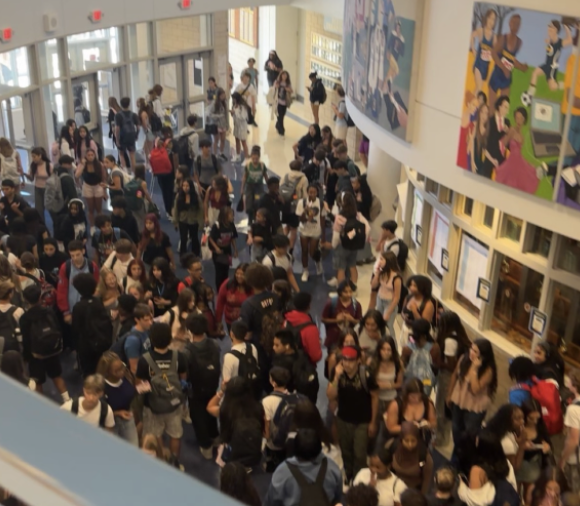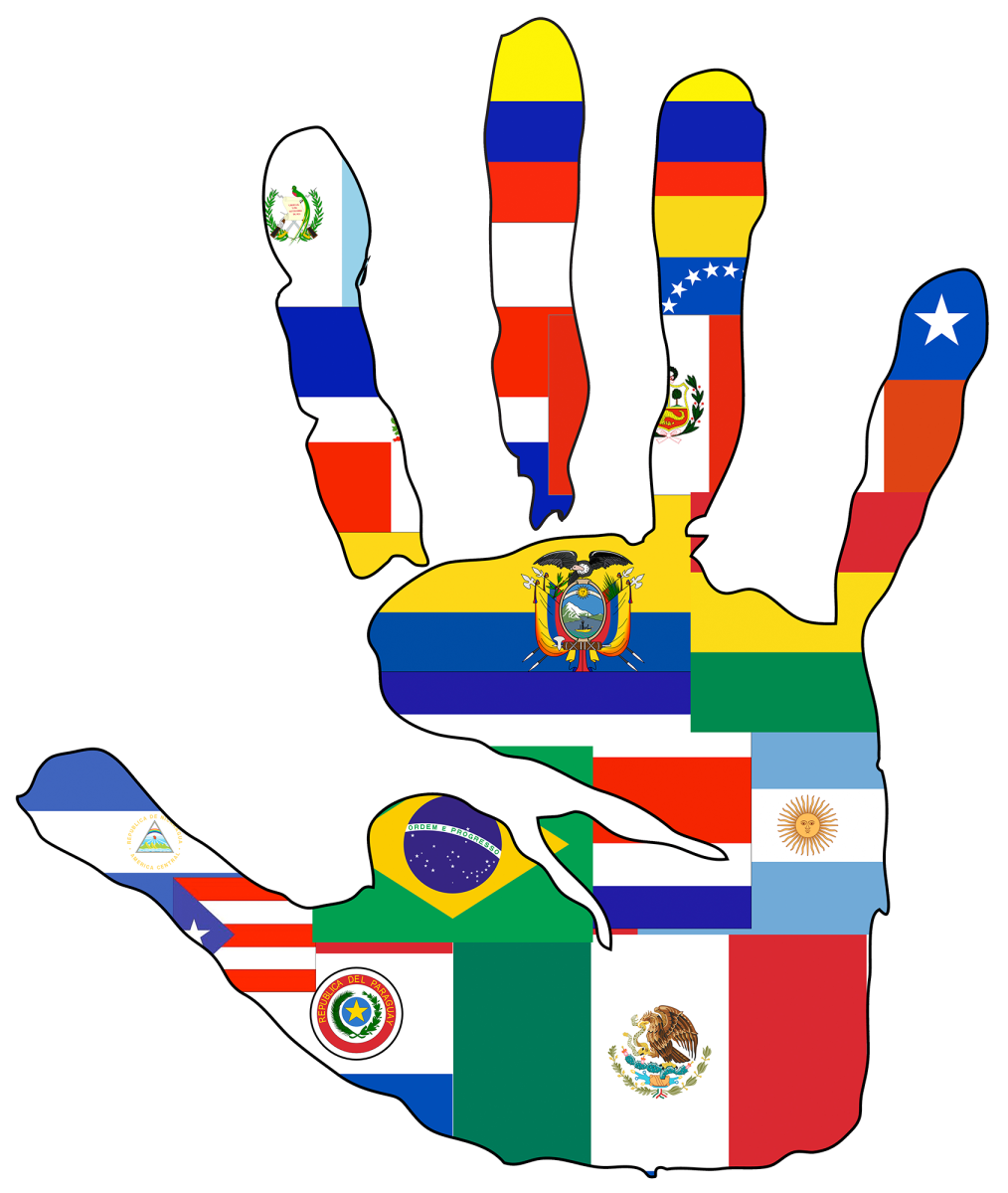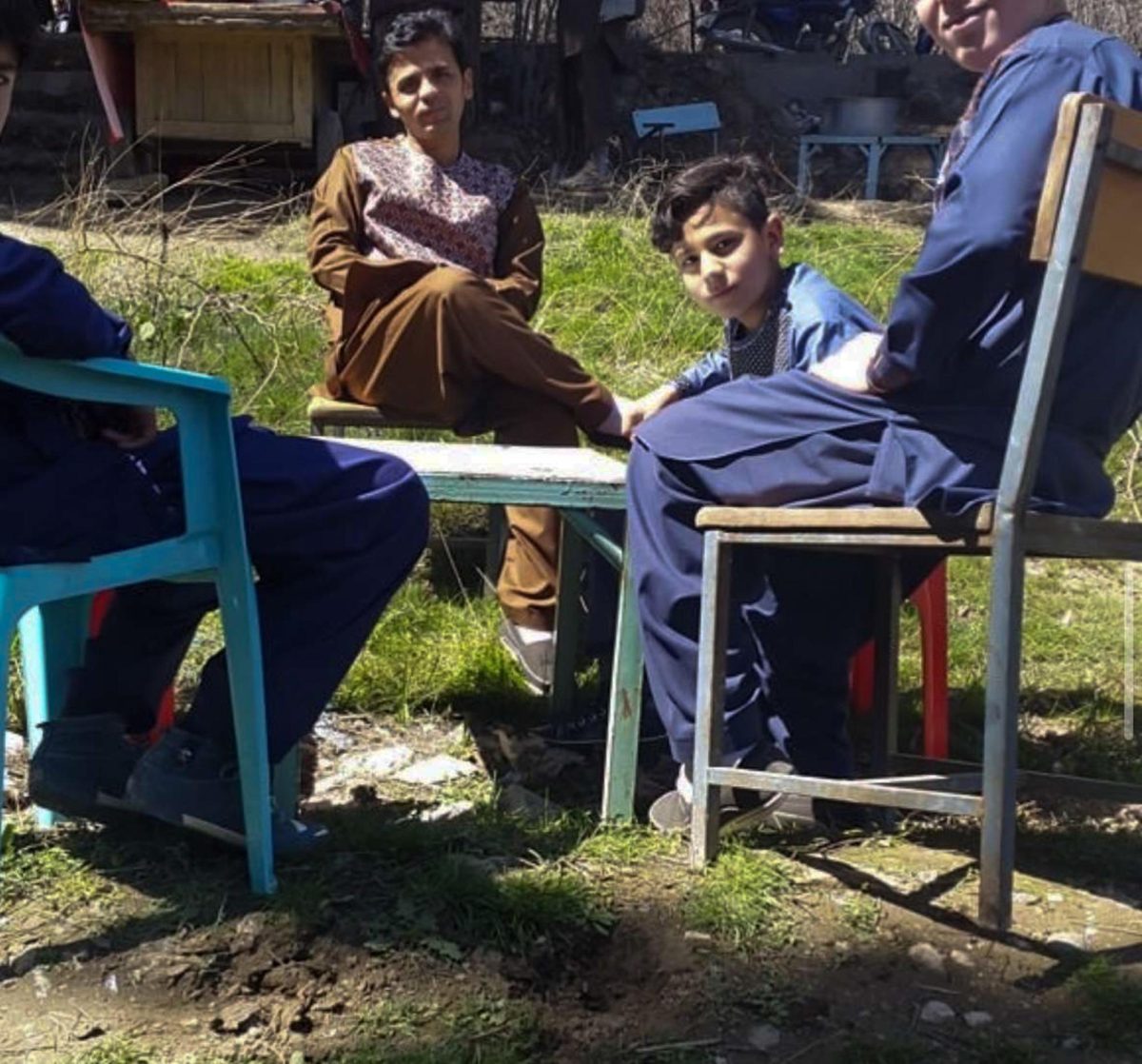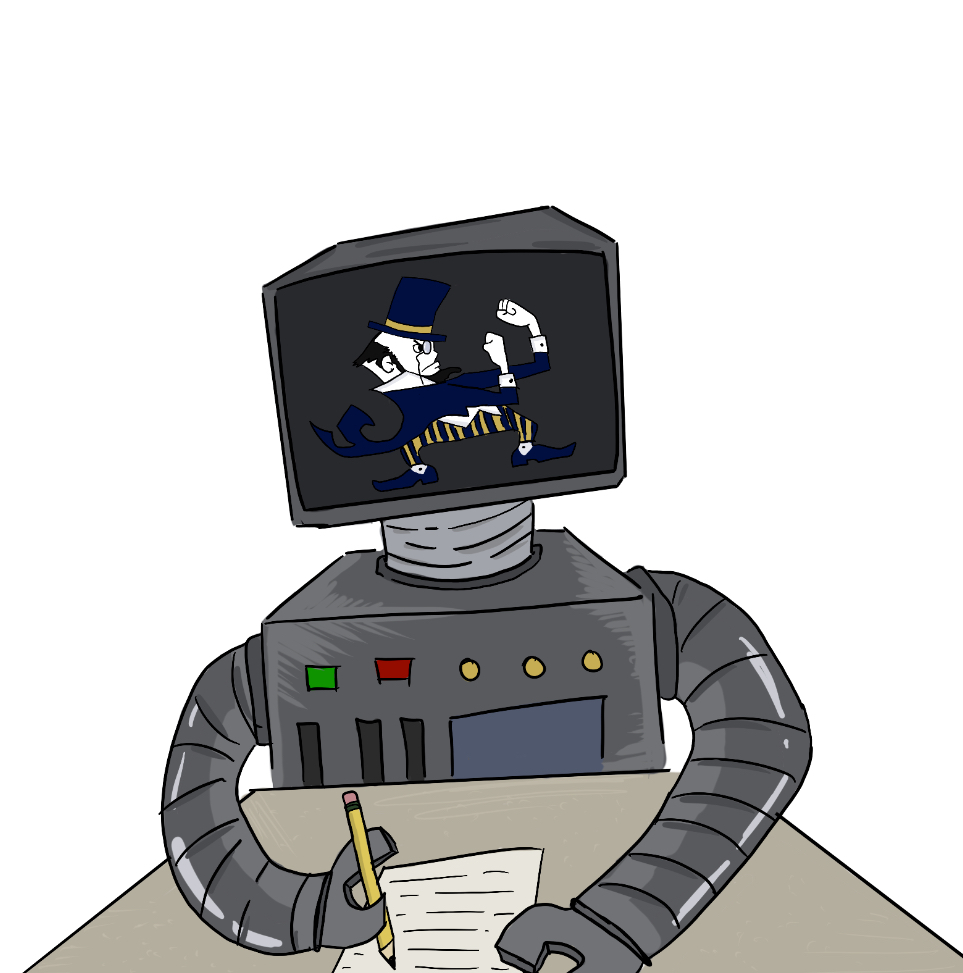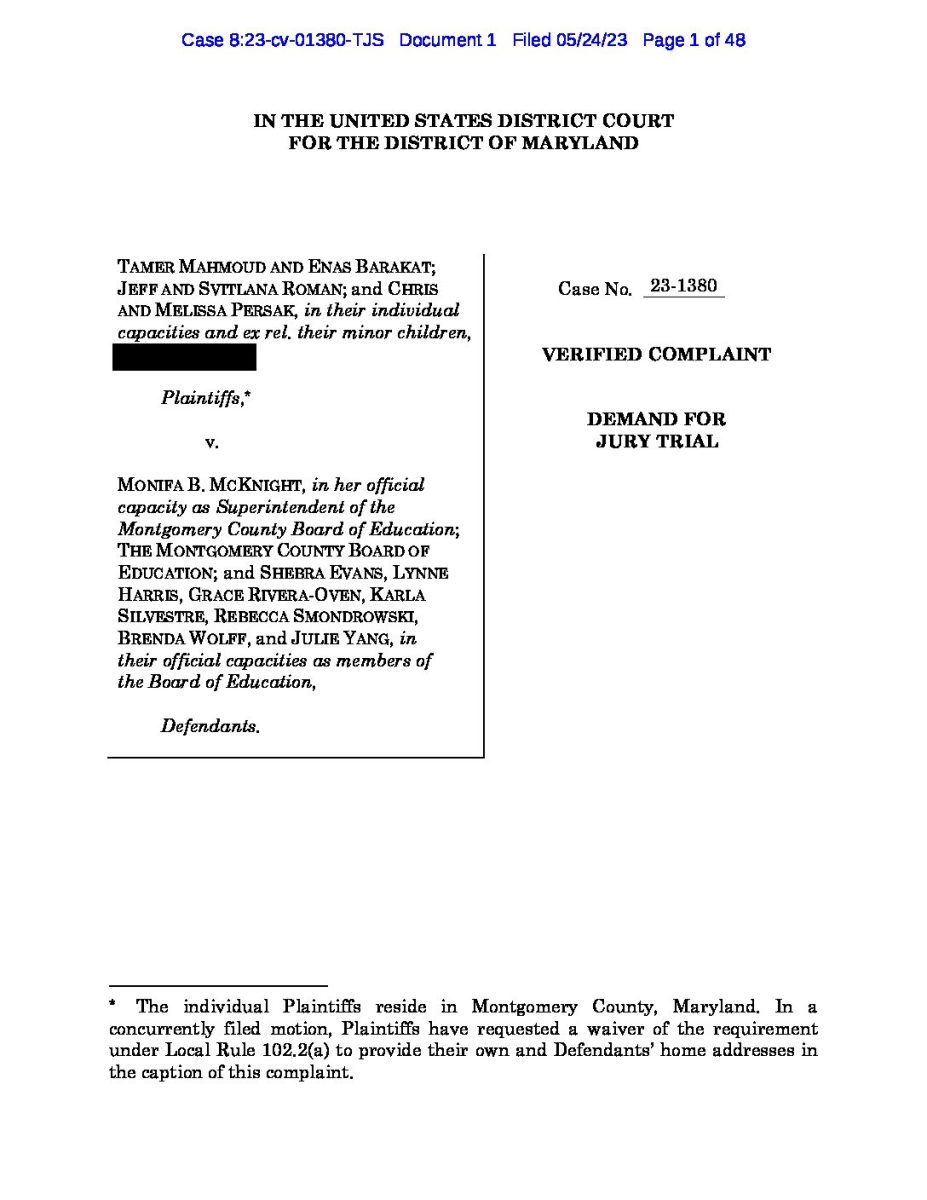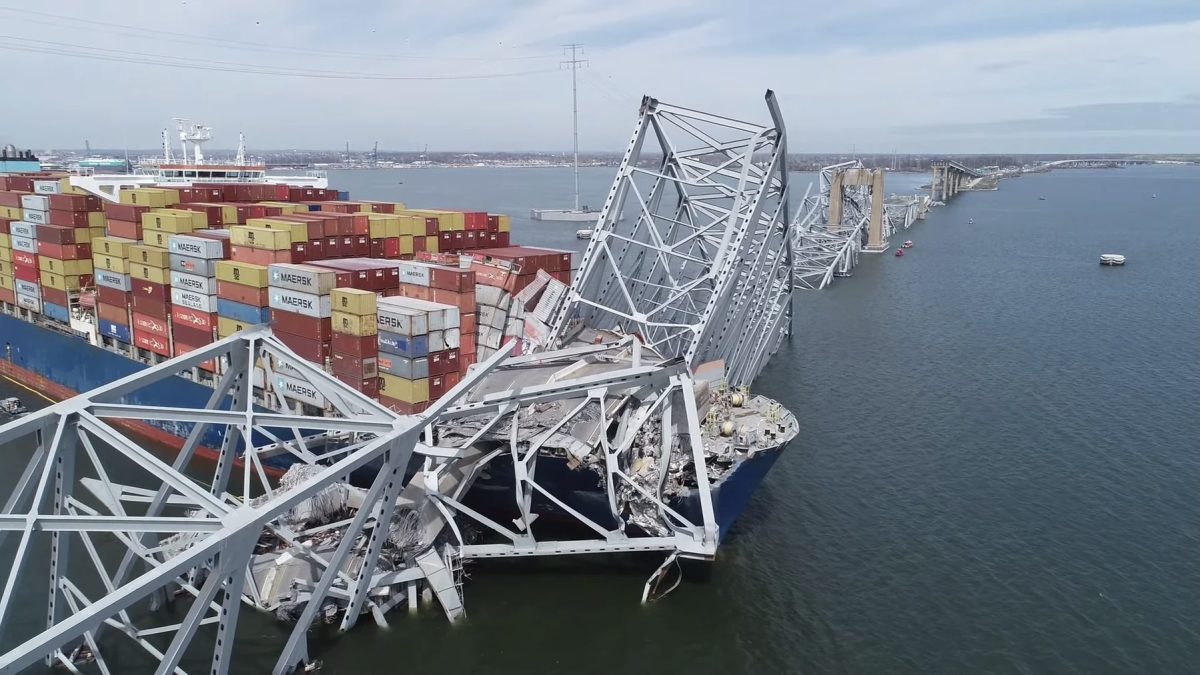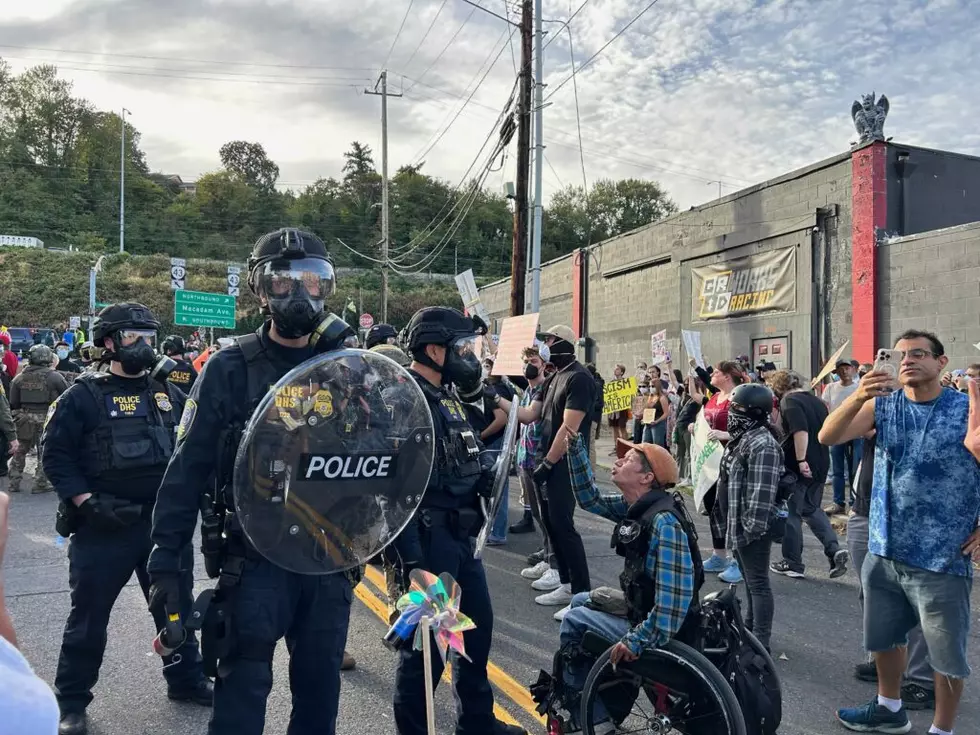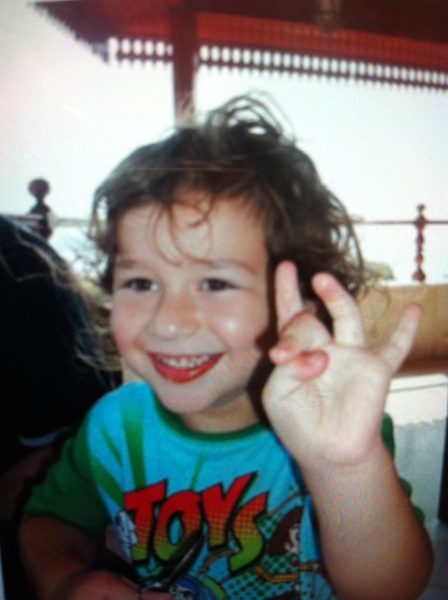In the early morning of March 26, a large cargo ship named the Dali lost power and crashed into the Francis Scott Key Bridge in Baltimore. This caused a major portion of the bridge to collapse into the Patapsco River. A warning from the ship allowed authorities to close the bridge beforehand, preventing a massive tragedy. However, six workers performing maintenance on the bridge were unaccounted for after the collapse. Rescue efforts soon changed to a recovery mission, and two of the victims killed in the accident have since been found. Four people are still missing and are presumed dead.
In the following days, the internet saw the rise of numerous conspiracy theories about foul play, such as unfounded claims of “China hacking the boat,” founded on the suspicion that, “the bridge fell too easily.” These rumors are false. “There is no indication of any nefarious intent,” a White House official said in a statement. “The reason the boat crashed was that it lost power and therefore couldn’t steer, crashing into the bridge and causing the collapse,” the official continued.
Though the Francis Scott Key Bridge is located in Baltimore, dozens of miles away from Bethesda, members of the B-CC community have been impacted. Junior Mattie Weiss expressed, “One of my close camp friends was on the bridge just twenty minutes before it collapsed. It was so scary to hear that.”
The bridge is also an integral part of Maryland’s infrastructure and economy. It is estimated that every day the bridge is down, the Port of Baltimore loses $15 million in trade (PBS NewsHour). The White House has already approved $60 million in emergency funds to assist with initial cleanup and recovery efforts, and President Biden has publicly stated the federal government will cover the “entire cost” of reconstruction, though estimates range from $400 million to over $1 billion.


